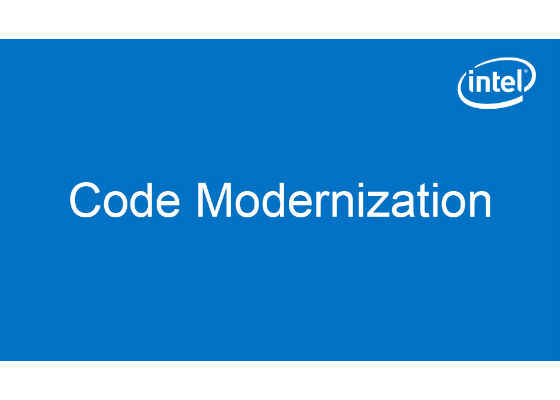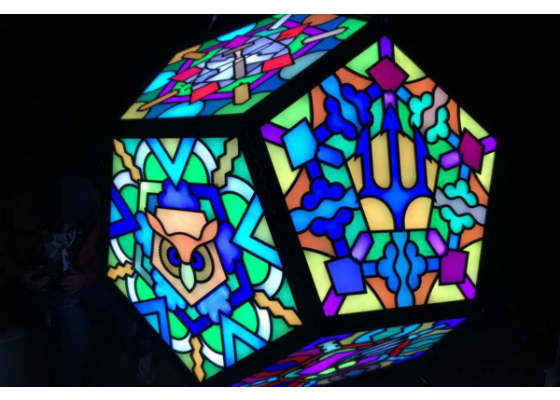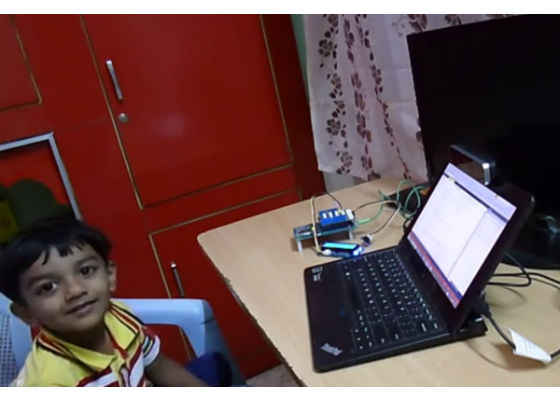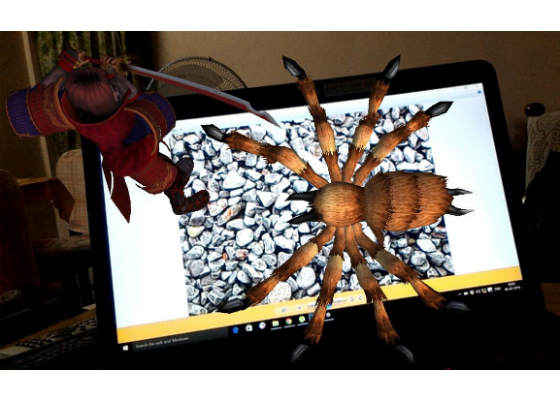Intel Developer Mesh: Editor’s Picks Mar. 2017

In this monthly feature I showcase 5 projects that I find interesting, since we are celebrating International Women’s Day this month, I wanted to continue that theme by highlighting interesting projects that female innovators have shared with us on Intel® Developer Mesh. I hope you’ll follow along and discover not just these few projects here but the multitude of amazing projects that our community is sharing on Mesh – with 29 new projects added to the site last month this site will quickly become your go-to place to see what is happening in the innovative tech arena.
Connected Longboard
Agnes Duverger is putting together a multi-part series on how to build a connected longboard. In part 1 she shows you how to easily build the board itself in about 10 hours. Coming up next in part 2 will be adding the connected device to the board. Agnes works at SmartNotify which specializes in adding a communication layer to devices, so after losing her favorite longboard it makes sense that she wants to make the next one connected. Watching people skateboard can be really mesmerizing, but I’ve never watched a board being built before. I found the process interesting and am looking forward to adding the tech to it in part 2.
Stoicheia
I was so bummed to have missed out on seeing Stoicheia twice in the past few weeks. It was displayed, locally for me, at both the Portland Winter Lights Festival and at a local Maker Open House celebrating Teen Tech Week and International Women’s day. All I can say is kids are germ magnets and I look forward to getting another chance to view this in person in the future. Lilli Szafranksi designs “digital stained-glass” pieces which are controlled by procedurally-generated random code to light the +2,200 LEDs and create fantastic designs combining art and technology in a really unique way.
Smart Quizee – IoT Game
I love a good quiz game, whether it’s on a kiosk at the restaurant table, a game of trivial pursuit, or trivia night at the pub. What Pooja Baraskar has done is connect an Intel® Edison and an Intel® RealSense™ camera and designed a quiz game to use facial recognition to adjust the game according to the user’s age. So kids won’t find the game too challenging and give up, and adults won’t find the game too easy and get bored. The game asks the questions in a human-like voice and uses speech recognition to capture your answer and process and validate it, then saves the scores to the cloud.
Sensicare
Erika Harvey is working on a proactive tool for caregivers to stop Alzheimer's patients from wandering. Once an individual’s baseline is learned, when they deviate from the norm a push alert is sent to the caregiver and a location tracker with a 3-mile radius is immediately activated and will even work in a heavily urban area. While this was designed with Alzheimer’s and memory care patients in mind I can easily see this as a useful tool for other vulnerable people, or even pets, that have a tendency to wander.
Getting Started with Augmented Reality
I can have a hard time visualizing how to do something, especially when it is technical. So for me, watching it step-by-step helps it all to click and make sense. Manisha Biswas’ guide does just this – she has a both a video and a write-up that completely walk you through the process of implementing an augmented reality experience to your project. She makes it looks so simple, that I wouldn’t hesitate to try it out myself. Although, I probably wouldn’t choose a spider… they give me the creepy-crawlies.
Become a Member
Interested in getting your project featured? Join us at Intel® Developer Mesh today and become a member of our amazing community of developers.
For more such intel Modern Code and tools from Intel, please visit the Intel® Modern Code
Source:https://software.intel.com/en-us/blogs/2017/03/20/intel-developer-mesh-editor-s-picks-mar-2017









